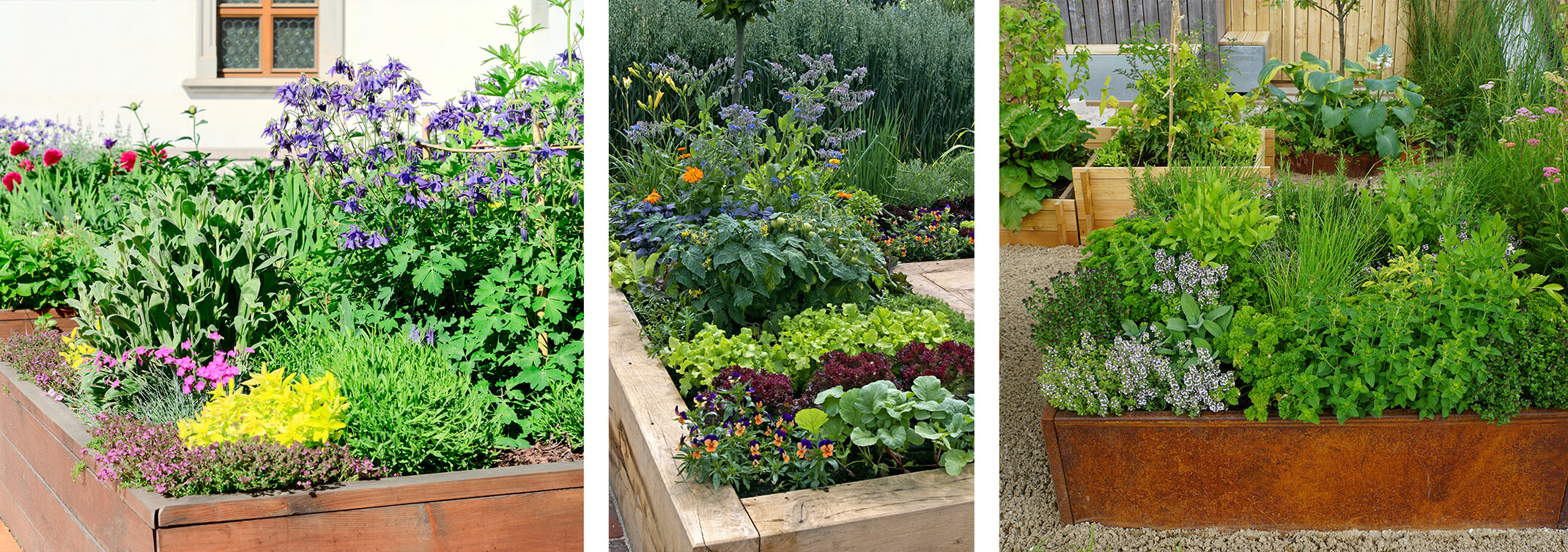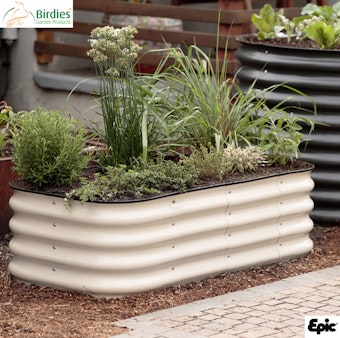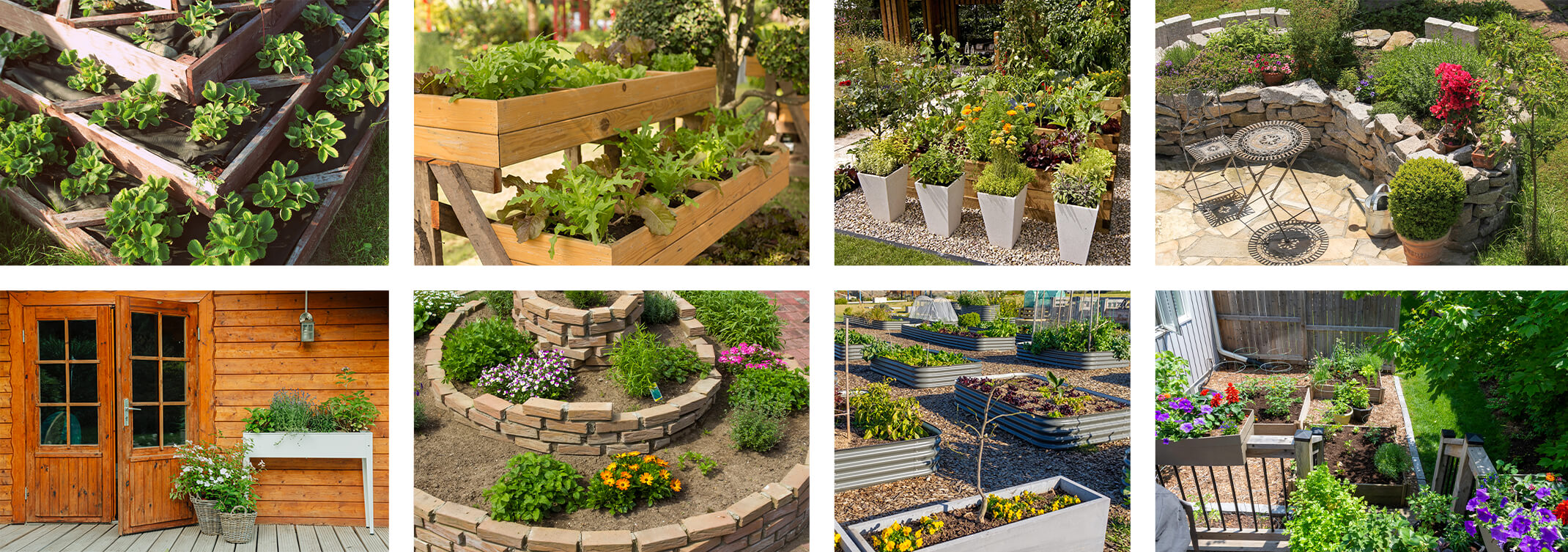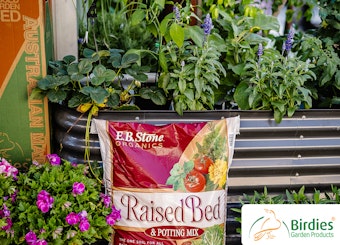Raised Garden Beds
 Raised Beds and Their Benefits
Raised Beds and Their Benefits
The Benefits of Raised Vegetable Garden Beds
Why Use a Raised Garden Bed?

Creating a raised garden is ideal for a number of reasons. Raised garden beds can be used for most types of plants—from seasonal edibles to annuals, perennials and small shrubs. Perhaps you have an area where the ground is difficult to dig. Maybe elevated garden beds would be beneficial for your tender back or knees. Or perhaps you just like the styling of raised planter boxes. Whatever the reason, DIY raised garden beds are easy to build and even easier to use! There are many other benefits, including: controlling soil conditions, better drainage, soil depth and limiting soil compaction. It also serves as a pest barrier and gets warm faster in the spring.
Types
Raised garden beds can be made to fit any location and can even be built with supplies you may have laying around. Pre-made boxes are available for purchase and come in a number of sizes for your convenience. Some are metal—like Birdies Metal Raised Garden Beds, wood, or made from recycled materials. You can also make a DIY raised garden bed from rock, straw bales, old pallets cut down and lined with burlap and more… We recommend building a raised garden with cedar or redwood since they do not rot or break down like other woods.

Height & Access
The minimum height of a raised garden should be 1 foot. If you are using wood, you can use more than one plank to build taller raised garden beds or to create multiple levels for planting different types of plants. When designing your elevated garden beds, you can be as creative as you’d like and even incorporate a bench to sit on for easy garden maintenance and enjoyment.
Location
Pick a location that will allow for 6 to 8 hours of sun daily; more sun in the winter and less sun in the summer. Consider the placement in terms of having easy access. If you will only have access to one side of your raised garden, a depth of no more than 2 feet is ideal.
 Soils
Soils
You can make your own soil, or you can use a high-quality already prepared mix like:
Planting
Consider the size and growth habits of your plants. Plant the higher plants in the middle and the lower-growth plants on the outside. Consider succession planting so that you have an abundance of crops available throughout the season.
If you have more questions on how to design or plant a raised garden, stop into your local SummerWinds Nursery today and speak with one of our Trusted Garden Advisors!

